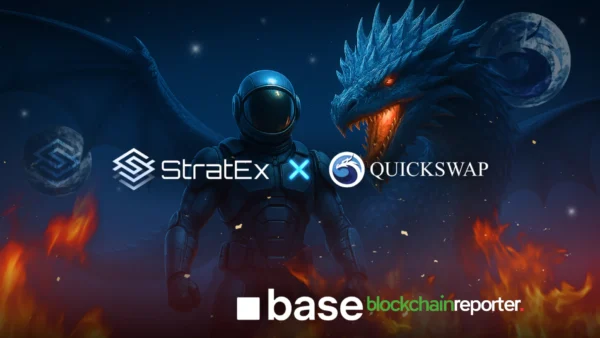
Ethereum 2.0’s new PoS-based consensus algorithm will deliver this global perspective by combining mining activity into a single blockchain and utilizing a jury pool approach to help address possible jurisdictional limitations in the geographic distribution of miners. In addition, the website Ethereum Code will assist traders. The design is an essential improvement over Ethereum 1.0’s POW and PoS hybrid, which will be replaced as the default consensus algorithm in Ethereum 2.0.
The goal is to use Ethereum’s core protocols to generate a single, canonical blockchain of transactions rather than having numerous blockchains populated by transactions selected by different miners worldwide. As a result, it will make it easier for supply chain participants to build relationships with global partners and maintain visibility on their transactions’ status over time.
Ethereum 1.0 only allows miners to select transactions included in a block based on a hash of all previous transactions in the block (the “state root”). Ethereum 2.0 will use a “state root” that can be generated deterministically, meaning that the same initial state will always generate the same root, even when starting from different initial conditions. Furthermore, it allows anyone with a sufficient economic stake in Ethereum 2.0 (analogous to stakeholders in an enterprise) to generate the next state root after every new block is added to the blockchain.
Ethereum 2.0 will revolutionize supply chain management:
A supply chain needs a single canonical transaction history to maintain accountability and visibility of its transactions throughout time; it would be tough for parties within a supply chain ecosystem to verify each other’s transactions if there were different versions of what happened being generated by different miners around the world, for example.
Ethereum 1.0 did not support this level of integrity, and many supply chain participants have long recognized that this missing feature is a significant shortcoming. Ethereum 2.0 has a single canonical transaction history that miners worldwide share; parties within a supply chain ecosystem can verify each other’s transactions without relying on any particular miner or network of miners being trustworthy.
It will allow participants within a supply chain to have the confidence that their transaction histories will be available for accountability, transparency, and review long after they are no longer active on the Ethereum network, and it will also make it easier to resolve disputes concerning who owes what in different supply chains.
Why is Ethereum 2.0 shifting to proof of stakes?
Ethereum’s core protocol has a new proof of stake consensus algorithm that will replace its current proof of work hybrid, which requires miners worldwide to compete to earn a block reward in exchange for securing the blockchain. Proof of stakes is a solid alternative to proof of work because it requires participants to be economically invested in the outcome of a Blockchain’s transactions.
Ethereum 1.0 mining algorithm
Previously miners used to compete for the reward by verifying recent transactions and were paid for their work depending on how long they could keep up with that purpose. However, as miners verify transactions and add them to their blockchain, they are rewarded with ETH (the native cryptocurrency of Ethereum), depending on how long they can maintain that verification process.
These rewards decrease over time as new blocks are added, newer state roots are generated, etc.; the reward rate adjusts accordingly so that miners always have the incentive to remain ahead of others (and avoid being replaced by them when they move onto a different block).
Ethereum 2.0 POW & POS
The core Ethereum blockchain – the one used to create the Ethereum state root (the canonical transaction history) for Ethereum 2.0 – will use proof of stake as the mining algorithm. It means that the miners who maintain this chain will use a PoS-based consensus algorithm rather than a PoW-based one.
Are there any benefits of using proof of stakes?
Proof of work does not remove the incentive for miners to cooperate to earn a higher reward. On the contrary, competition for the block reward on Ethereum 1.0 makes it difficult for anyone to avoid mining even if they don’t want to be involved in securing the blockchain or participating in Ethereum 2.0’s new PoS consensus algorithm.
However, with proof of stake, every participant will have a strong economic incentive to maintain the canonical transaction history and reach a consensus on what happened and when. Suppose anyone does not participate in this process. In that case, they will lose the security of the canonical chain and their stake rather than being forced to contribute to it and have no say over the outcome of its transactions.
Ethereum will change a lot after proof of stakes:
If Ethereum 1.0 is like today’s cryptocurrency exchanges, then Ethereum 2.0 will be like the new web-based exchanges built on top of them. When new blockchain technology comes online, we can build all kinds of applications on the base layer.









